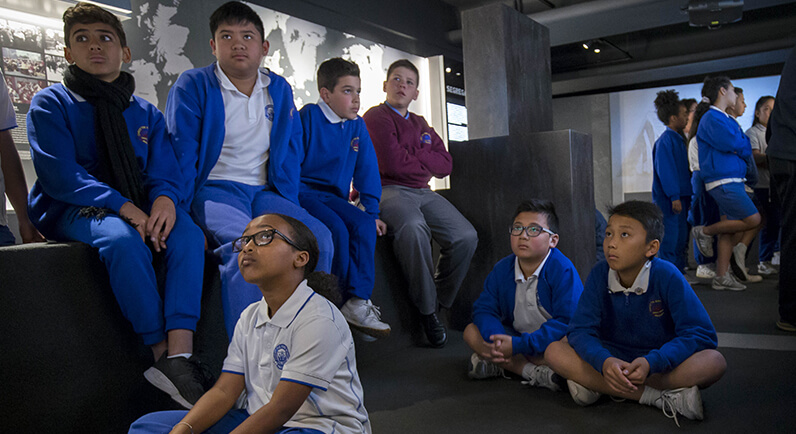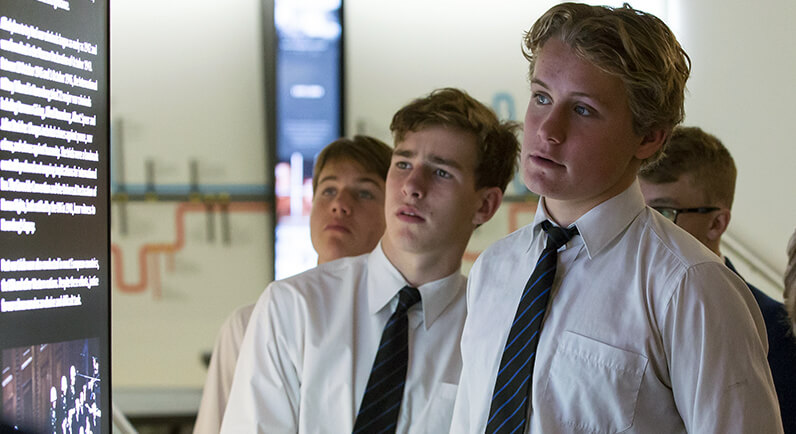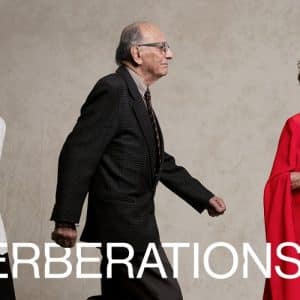Blog
July 15, 2019
Introducing students to the Holocaust sensitively
With the duty of teaching young student visitors about the Holocaust comes the responsibility of our Museum Educators to convey a complex history of genocide in a safe and sensitive way.
More than 25,000 school students between the ages of 11 and 18 are guided through our Holocaust exhibition each year. Our experienced Museum Educators apply an understanding of developmental psychology and a range of teaching tools to guide students of different ages safely through the Holocaust content.
Children move through many stages as they grow. It is from the ages of 11 to 19 that they begin to make sense of the world through their own eyes. At this stage they can take on abstract concepts, unanswerable questions, and make personal meaning of what they learn. However, our Educators recognise that there are great differences between an 11 year-old and a 19 year-old.

If schools bring young students to visit the Museum as a part of their studies (11 to 13 years old), they are gently introduced to Holocaust history through testimonies and age-appropriate objects. An example of such an object are the Star of David badges and armbands used to identify, segregate, and humiliate the Jewish population. These carefully selected stories and items are a key part of beginning conversations around the dangers of discrimination, dehumanisation and the destruction of democracy. Students move gradually toward more mature material in years 7, 8 and 9 (13 to 15 years old), considering more directly the realities of life under Nazi rule. For years 10, 11 and 12 students (15 to 18 years old), we encourage critical engagement in order that students can more fully comprehend the human actions that lead to this history.
To teach Holocaust history our Educators cannot avoid the fact that there are concepts and themes that can be difficult to grasp by students. In addition to guiding them safely through highly curated age-appropriate content, the Educators provide a content warning to all schools before their planned visit, and all students receive a trigger warning when they arrive at the Museum. Trigger warnings, or notifications to the students that material may be upsetting or disturbing, are crucial in the crafting of a safe space, where students know it is okay to step away from the content if they need. Before leaving the Museum, students receive a debrief that not only helps them make sense of what they have seen but also focuses on the positive take-aways.
For all students, regardless of age, their programs at the Museum are focused on humanity and the importance of helping others. School programs are designed at their core not to traumatise but to educate and inspire the next generation of change-makers, using lessons that we can take from the Holocaust.

Author: Breann Fallon, Education Officer
Image credits: Photography by Katherine Griffiths






What’s On Newsletter
Keep up to date on all Museum events and exhibitions.